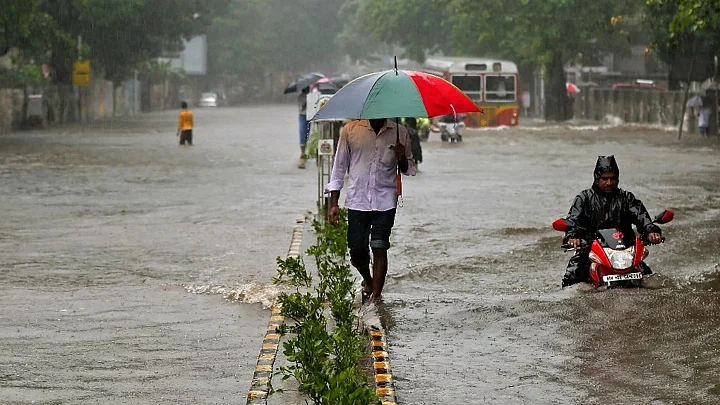India’s monsoon rains are likely to be 97 percent of their long-term average in 2018, its meteorological department said on Monday, 16 April, reassuring farmers ahead of summer planting in a country where only half of the farmland is irrigated.
What Are the Categories of Monsoon?
A normal, or average, monsoon means rainfall between 96 percent and 104 percent of a 50-year average of 89 cm (35 inches) in total during the four-month monsoon season from June, according to the India Meteorological Department's (IMD) classification.
Rainfall below 90 percent of the average would be classified as a drought. During Prime Minister Narendra Modi's first two years in office, in 2014 and 2015, there were consecutive droughts that led to some criticism due to the government's handling of the issue.
Rainfall above 110 percent of the average would mean an excessive monsoon, which would not be as damaging as a drought but could be potentially harmful for the yields of certain crops.
The monsoon season starts with rains on the southern Kerala coast around 1 June, covering the whole country by the middle of July.
Why is the Monsoon Important?
The monsoon delivers about 70 percent of India's annual rainfall and determines the yield of key crops such as rice, wheat, sugarcane and oilseeds such as soybeans. The farm sector accounts for about 15 percent of India's $2 trillion economy, but employs more than half of the country's 1.3 billion people.
If monsoon rains lift farm output, it can boost demand for consumer goods as it raises incomes of rural people.
A stronger economic outlook would lift equities, mainly for companies selling products in rural areas, including consumer goods, automobiles, fertilisers and pesticides.
India is self-sufficient in crops such as rice and wheat, but a drought would require the country to import foodstuffs. In 2009, India imported sugar after poor rains, sending global prices to record highs and pushing up local inflation.
Monsoon rains replenish reservoirs and groundwater, allowing better irrigation and more hydropower output. Higher rainfall can trim demand for subsidised diesel, which is used to pump water from wells for irrigation.
How Does the Monsoon Affect Inflation and Central Bank Policy?
Food accounts for 50 percent of India's consumer price index, which the central bank closely monitors while deciding on monetary policy. A bumper farm output would keep food prices under control.
During past droughts, the government supported farmers by giving out incentives, straining the fiscal deficit. A good monsoon will limit government spending on such measures.
How Reliable is the Monsoon Forecast?
The IMD issues its first forecast typically more than a month ahead of the monsoon's onset.
On average, its forecast has been accurate only once every five years over the past two decades, even after taking into account an error band of plus or minus 5 percentage points.
The IMD's forecast for the 2017 monsoon was its most accurate since 2008. Last year, there was a difference of only 1 percentage point between the forecast and the actual rainfall.
Even during normal monsoon years, some parts of India face drought, while some others suffer from floods.
The IMD will come out with a second forecast for the 2018 monsoon rains in June.
Why is the Monsoon Important for Prime Minister Modi Ahead of the 2019 Elections?
Modi, who has promised to double farmers' income over five years, remains popular nearly four years into his term. Farmer unrest, however, has flared in some states ruled by his party, catching regional leaders flat-footed.
A normal monsoon could lead to higher output of summer-sown crops, helping state leaders placate farmers.
(This article was published in an arrangement with Reuters.)
